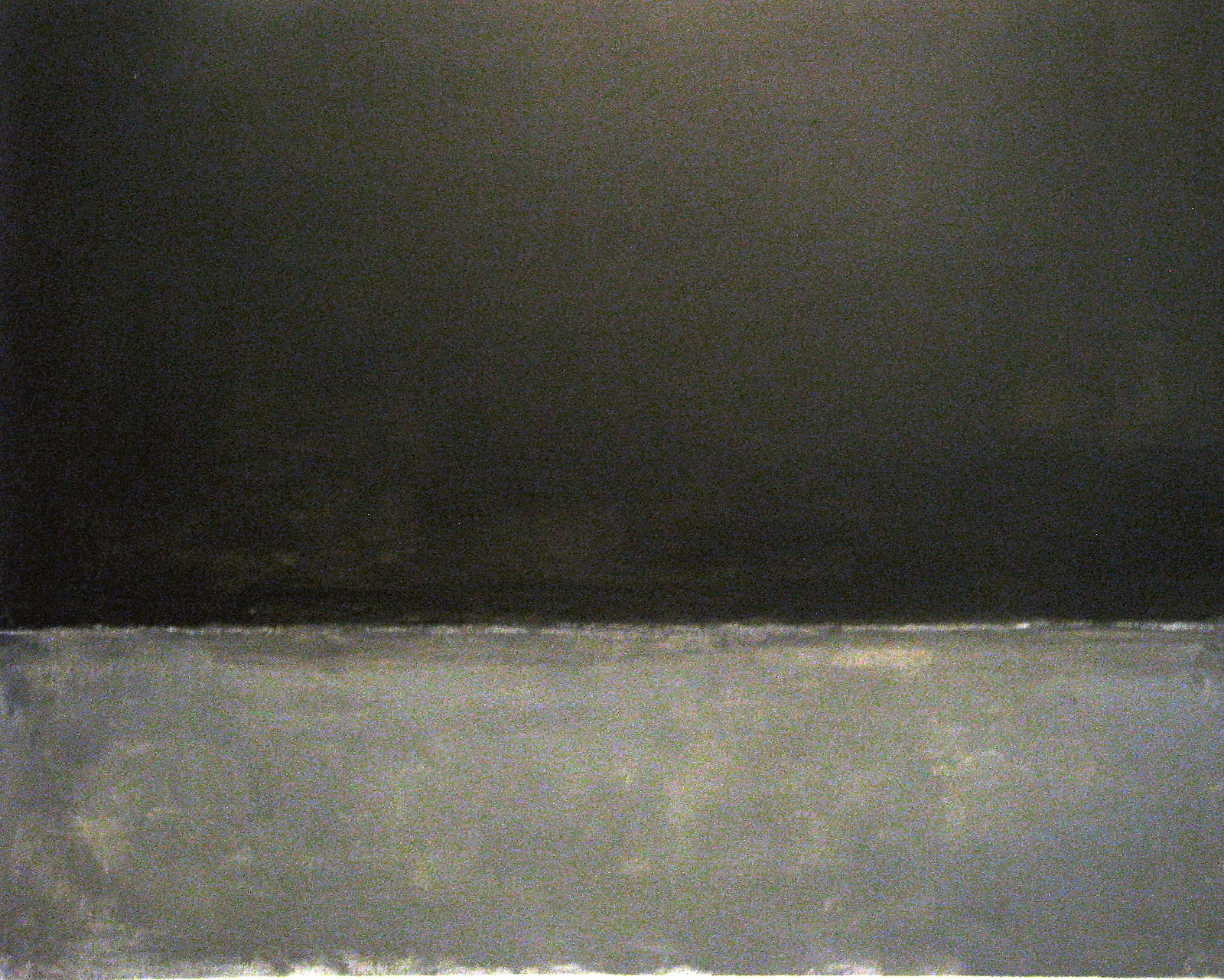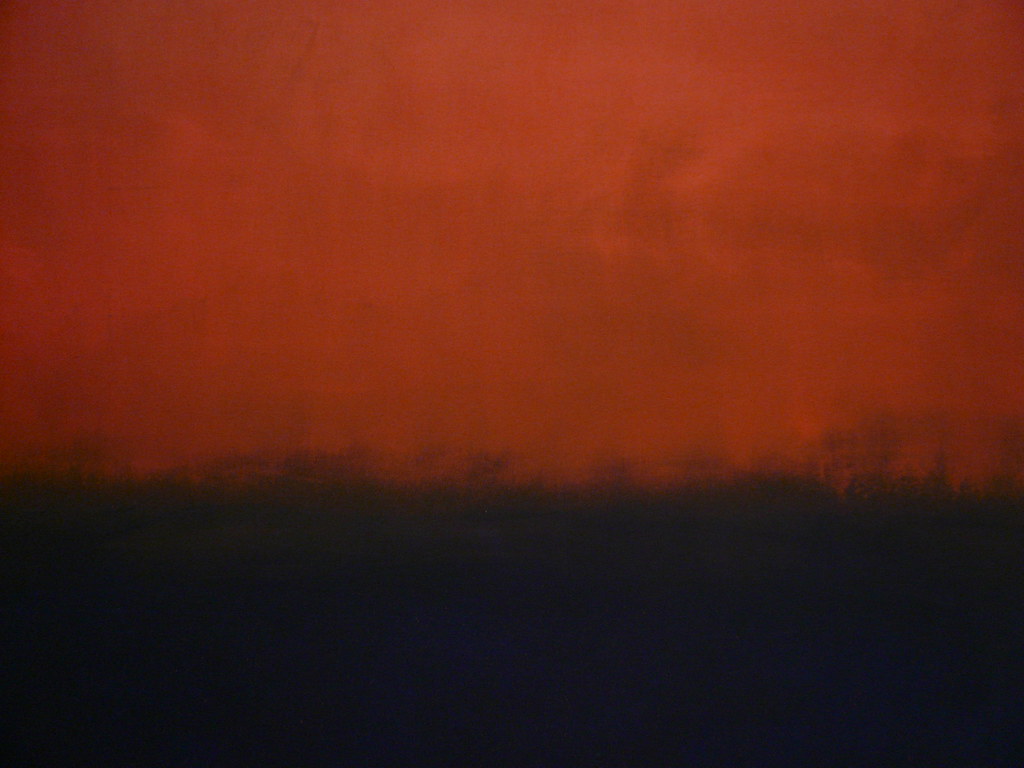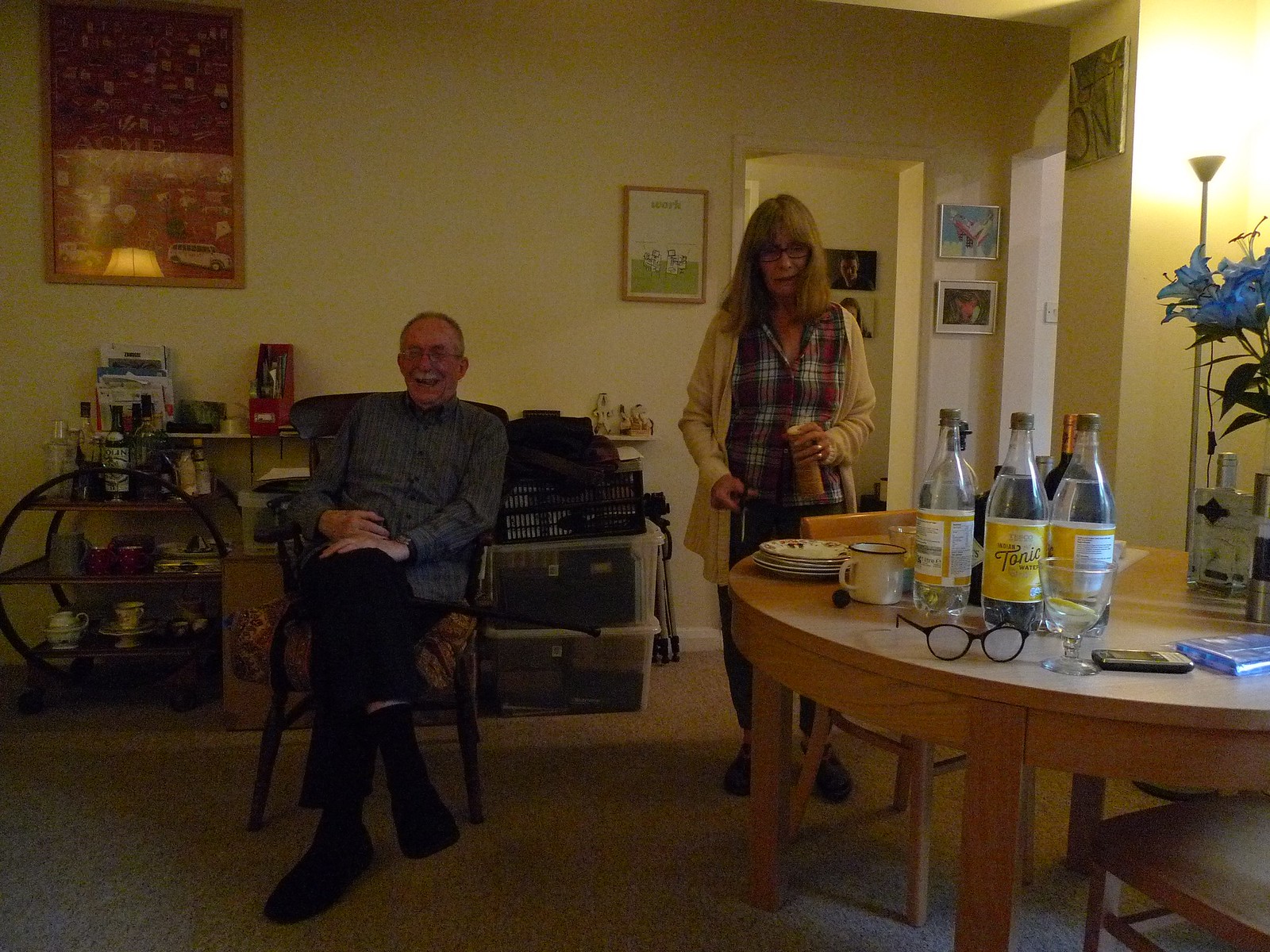.
once upon a time is no more
in the dark each page
seems written upon
light dawns
a high ceiling is not wasted space
Tom Raworth: Shadows, from Collected Poems, 2003
in the dark each page
seems written upon
light dawns
a high ceiling is not wasted space
Tom Raworth: Shadows, from Collected Poems, 2003
"Expired" expired film: Image made with expired film ("a roll of a roll of Kodak Plus-X 127 film, expired October 1953, shot through a Brownie Holiday at Zion National Park"): photo by Moominsean via moominstuff, 5 September 2006

"Expired" expired film: Image made with expired film ("a roll of a roll of
Kodak Plus-X 127 film, expired October 1953, shot through a Brownie
Holiday at Zion National Park"): photo by Moominsean via moominstuff, 5 September 2006
"Expired" expired film: Image made with expired film ("a roll of a roll of Kodak Plus-X 127 film, expired October 1953, shot through a Brownie Holiday at Zion National Park"): photo by Moominsean via moominstuff, 5 September 2006

Untitled (Black on Gray): Mark Rothko (1903-1970), 1970, oil on canvas: photo by ekenitr, 1 March 2015

Celestograph I (The Full Moon): photo by August Strindberg, 1893-94 (Manuscript collections, National Library of Sweden)
“I have worked like a devil and have traced the movements
of the moon and the real appearance of the firmament on a laid-out
photographic plate, independent from our misleading eye. I have done
this without a camera and without a lens. [...] The photographic plate
showed an area full of moons. Certainly, every spot on the photographic
plate reflects a moon. The camera misleads as the eye does and the tube
hoaxes the astronomers!”
-- August Strindberg: from a letter to Bengt Lidforss, a physiologist, 26 December 1893, quoted in Traces of/by nature: August Strindberg's photographic experiments of the 1890s: Katharina Steidl (2010)
-- August Strindberg: from a letter to Bengt Lidforss, a physiologist, 26 December 1893, quoted in Traces of/by nature: August Strindberg's photographic experiments of the 1890s: Katharina Steidl (2010)
The
celestographs or coelestographs are photos of the sky taken without
camera or lens. The plates were directly exposed to the night sky for
some time and then developed. The plates are now lost and only prints
remain. August Strindberg thought he had captured the stars, so he
called the photos celestographs.
The series was taken during the winter of 1893-1894 in Dornach in Austria where Strindberg was staying with his wife Frida Uhl.
Strindberg
distrusted lenses and thought they gave a distorted rendering of
reality. The celestographs were therefore an attempt to produce a more
objective view of stars and planets. He sent the prints to the French
Astronomical Society, where they were discussed.
-- National Library of Sweden

Celestograph IV: The Sun: photo by August Strindberg, 1893-94 (Manuscript collections, National Library of Sweden)

Celestograph VI: Starry Sky: photo by August Strindberg, 1893-94 (Manuscript collections, National Library of Sweden)

Celestograph VII: Stars: photo by August Strindberg, 1893-94 (Manuscript collections, National Library of Sweden)

Celestograph VIII: Stars. Region of Orion: photo by August Strindberg, 1893-94 (Manuscript collections, National Library of Sweden)

No. 14: Mark Rothko (1903-1970), 1960, oil on canvas: photo by Catherine, 21 October 2008
![Mark Rothko (1903,Dvinsk - 1970,New York), Untitled [Black, Red over Black on Red], det-1964 | by michellecourteau](https://c2.staticflickr.com/4/3721/12175647385_b7fd2afc7c_h.jpg)
Untitled (Black, Red over Black) (detail): Mark Rothko (1903-1970), 1970, oil on canvas (Gemeente Museum, Den Haag): photo by Michelle @c, 3 January 2013

Tom and Val Raworth, Hove, 13 July 2015: photo by Tabellion from Five Get High in Hove via Tom Raworth: Notes, 15 July 2015






2 comments:
light dawns
a goosepimple line
Moving seamlessly from Rothko to Zion National Park to Strindberg to Rothko to the best British poet in God knows how long.
Good to see Tom looking to be in excellent form; plus the beautiful little "Shadows."
Post a Comment